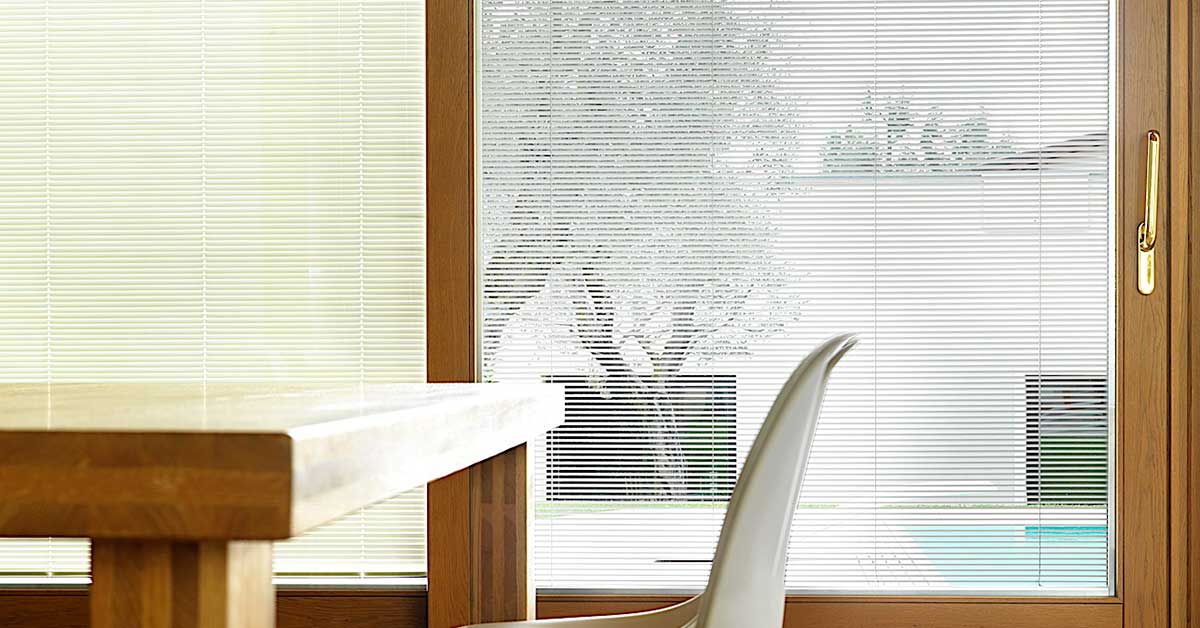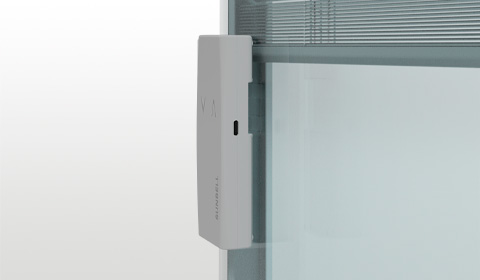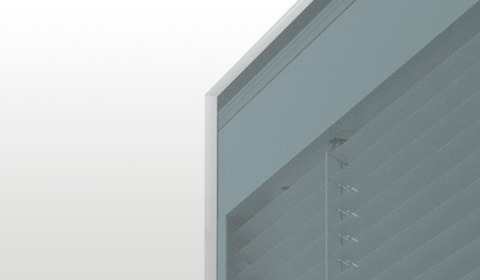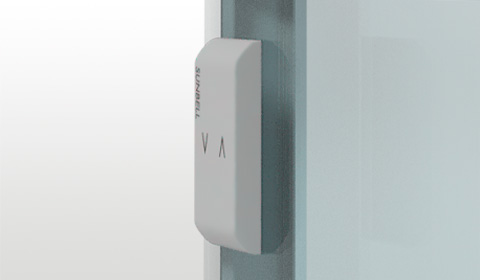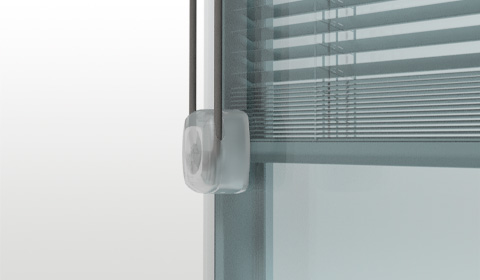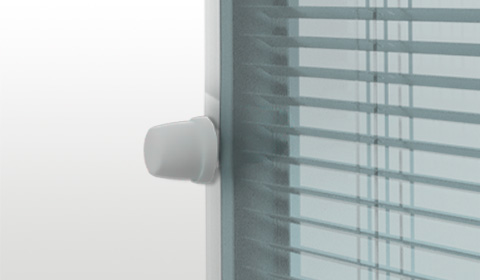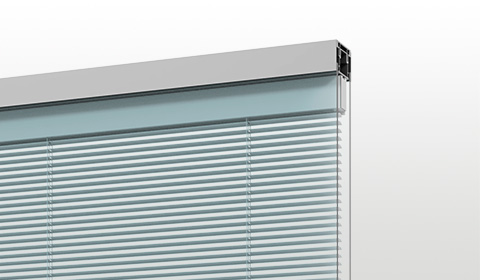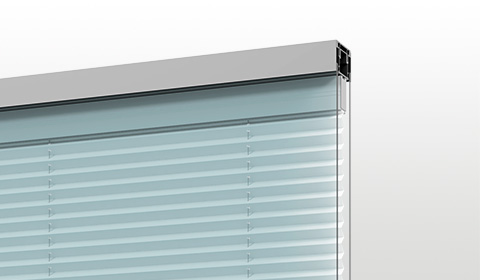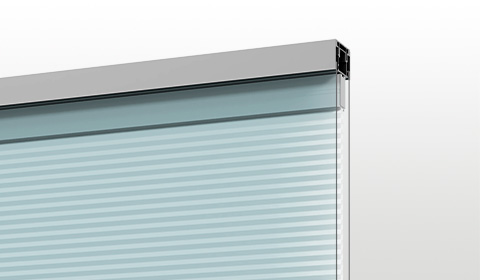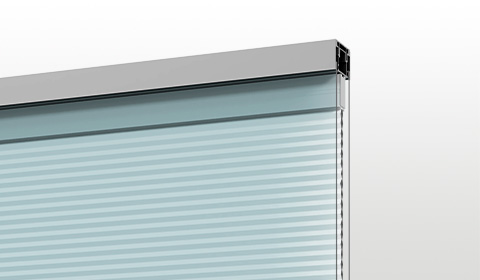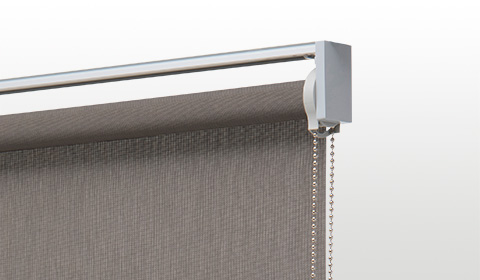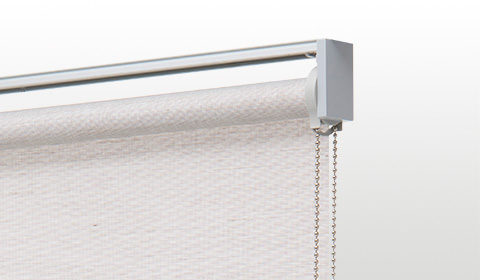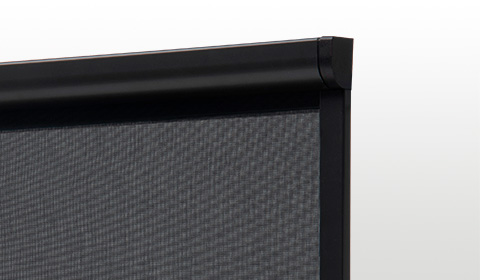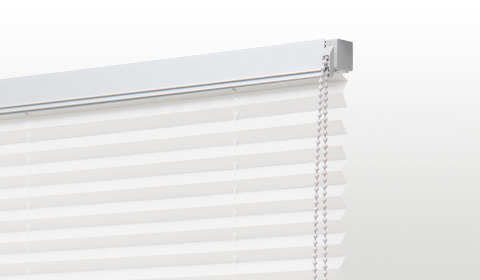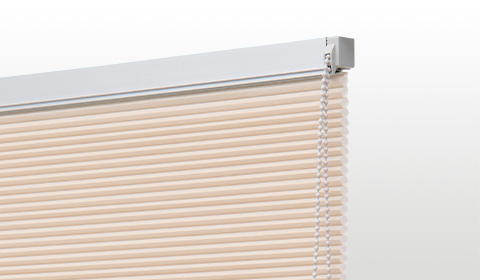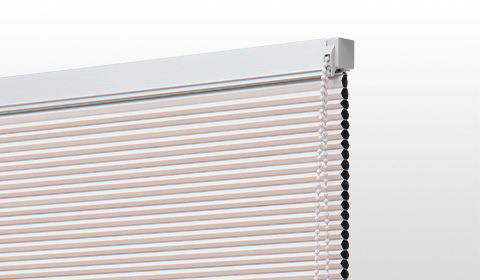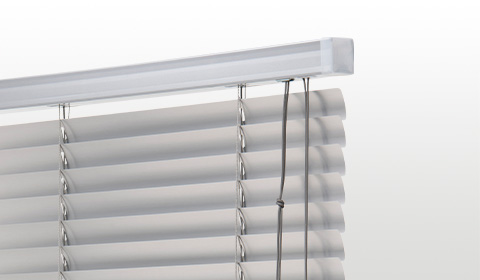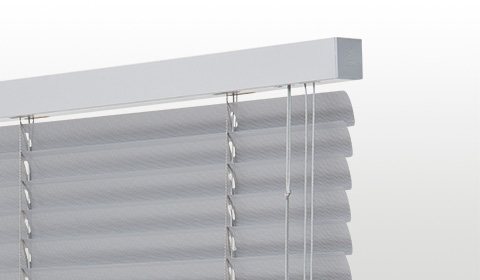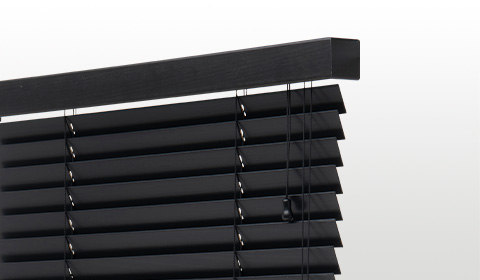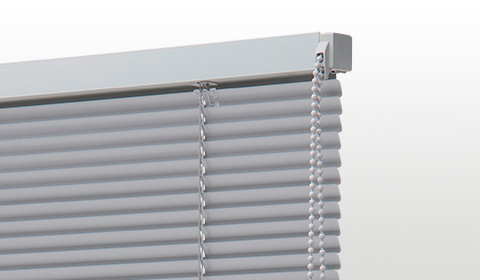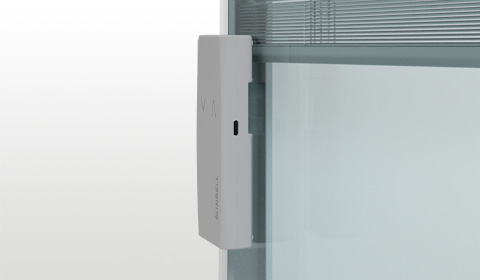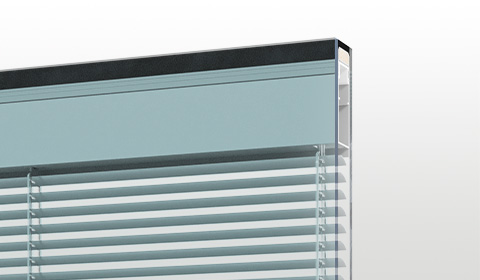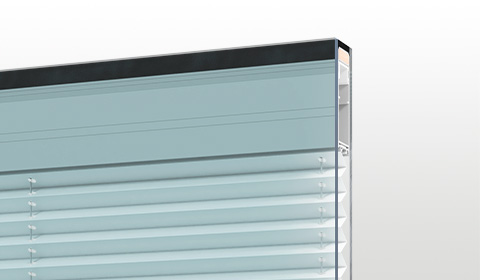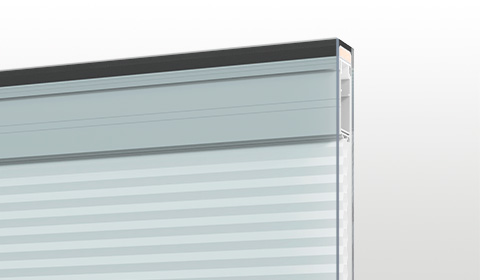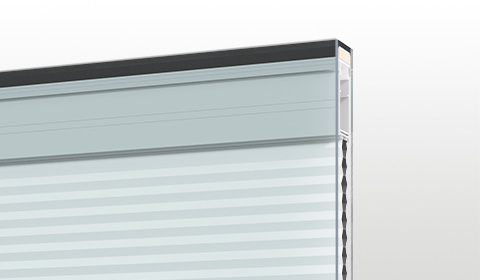Choosing windows and doors for your home can be a real headache, not least because nowadays there are lots of different ones to choose from, both in terms of design and materials.
If you think about it, until a few decades ago, windows were synonymous with wood, but with the advent of new industrial technologies other materials began to make their way onto the market and quickly became popular.
In particular, we are referring to two materials that have revolutionized the sector: aluminium and PVC.
Despite their impact, aluminium and PVC have not completely replaced wood, which continues to be much appreciated by consumers.
The problem, as I said at the beginning, is to make the right choice, to buy the right window for your needs.
So, let’s have a look at the pros and cons of aluminium, wood and PVC windows and doors.
Aluminium windows and doors: pros and cons
Since it was introduced to the door and window sector, aluminium has become enormously popular as an alternative to wood. When it was first available it gave operators in the sector a product to offer to customers that seemed revolutionary.
Over the years it has become the most widely used material for the production and sale of windows, as well as shutters and blinds.
From improving security to improving insulation – thanks to the introduction of double glazing – aluminium windows have many advantages, but also some defects.
Here are the pros and cons of aluminium.
The pros of aluminium windows and doors
- The range of solutions offered by companies is really very wide. This gives customers lots of options, thus increasing the chances of finding the right product for them;
- They are available in a variety of sizes;
- Thanks to the frame structure, aluminium frames can also be installed on historical buildings, or replace those already present in a building undergoing renovation;
- Aluminium is an extremely light material, but at the same time very strong;
- Aluminium is a durable material;
- Aluminium windows and doors have an excellent cost-benefit ratio;
- Aluminium is a 100% recyclable material.
The cons of aluminium frames:
- The cost of aluminium windows is lower than wooden windows, but higher than PVC windows;
- They do not have a positive impact on the aesthetics of the building or the furnishing of the house. Fortunately, today, compared to the past, they can be finished and customized, but at a higher cost;
- They do not have an excellent energy yield, even if with the introduction of a thermal break, the problem has been, at least in part, curbed.
Wooden windows and doors: the pros and cons
It is undeniable that wood has a timeless charm, and it is not by chance that both aluminium and PVC frames can be covered with wood inserts, in an effort to imitate its beauty.
For obvious production and industrial reasons, wood has been the main material for centuries in the window and door sector, because it was the strongest, most easily available and workable material on the market.
Thanks to the aesthetic performance of the wood, it was widely used for design and furnishing reasons, it has unquestionable strengths, but also has some limits.
Let’s look at them.
The pros of wooden frames
- Wood is a very strong material;
- If proper, regular maintenance is carried out, wooden windows and doors can last for the entire life of the building;
- Contrary to what you might think, wood is an excellent thermal insulator;
- Wood doesn’t corrode like aluminium does;
- They are beautiful. There’s no denying it.
The cons of wooden frames
- Maintenance is complex, and must be regular, especially if you live near the sea or in very humid areas;
- Periodically, they must be cleaned, sanded and painted or varnished to protect them from the elements;
- Care must be taken to protect the wood from insect attacks, especially termites;
- Compared to aluminium and PVC, wood costs much more.
PVC windows and doors: the pros and cons
PVC is a relatively new material, introduced in the production of windows and doors because of its numerous advantages, such as the lower cost, for example, or the low coefficient of thermal conductivity. In simple terms, they retain heat in the room better.
Like everything else, however, PVC also has advantages and disadvantages, which are listed below.
The pros of PVC windows and doors
- PVC frames have excellent thermal and energy efficiency;
- PVC frames are easier to install;
- Unlike wooden frames, PVC requires very little maintenance;
- As mentioned above, PVC frames are much cheaper than other solutions.
The cons of PVC windows and doors
- Unlike aluminium, which is very resistant to climatic conditions, PVC is more vulnerable. Over time, it tends to turn yellow and lose its sheen;
- Compared to wooden frames, they are less aesthetically pleasing. It is possible to cover the frame with wood, but this obviously increases the cost;
- Replacing wooden frames with PVC ones can be complex, forcing you to do some masonry work before you can install them.
Conclusions
The choice of windows is really complex, because the many factors to consider, from structure and energy, through design and personal taste, will take some time to sort out.
In any case, what is essential is to be properly informed before making a choice, whatever it may be.
Ask an experienced and trusted fitter with skills in the sector, who will be able to advise you for the best.

